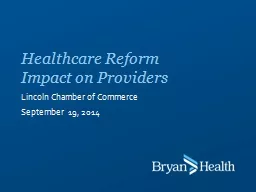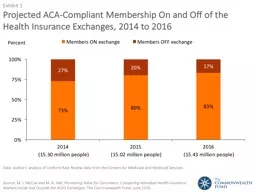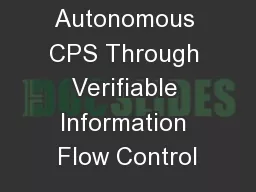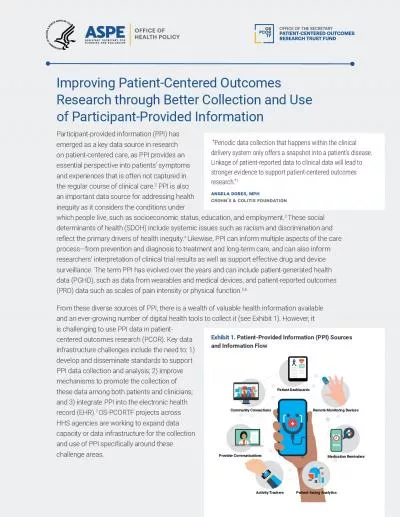PPT-Improving Patient Outcomes through Secure Data Exchanges
Author : tatiana-dople | Published Date : 2017-06-29
Michael L Nelson DPM VP of Healthcare Strategy Equifax Learning Objectives Review HIPAA privacy rule and ways to implement the ruling in patient portals and information
Presentation Embed Code
Download Presentation
Download Presentation The PPT/PDF document "Improving Patient Outcomes through Secur..." is the property of its rightful owner. Permission is granted to download and print the materials on this website for personal, non-commercial use only, and to display it on your personal computer provided you do not modify the materials and that you retain all copyright notices contained in the materials. By downloading content from our website, you accept the terms of this agreement.
Improving Patient Outcomes through Secure Data Exchanges: Transcript
Download Rules Of Document
"Improving Patient Outcomes through Secure Data Exchanges"The content belongs to its owner. You may download and print it for personal use, without modification, and keep all copyright notices. By downloading, you agree to these terms.
Related Documents














